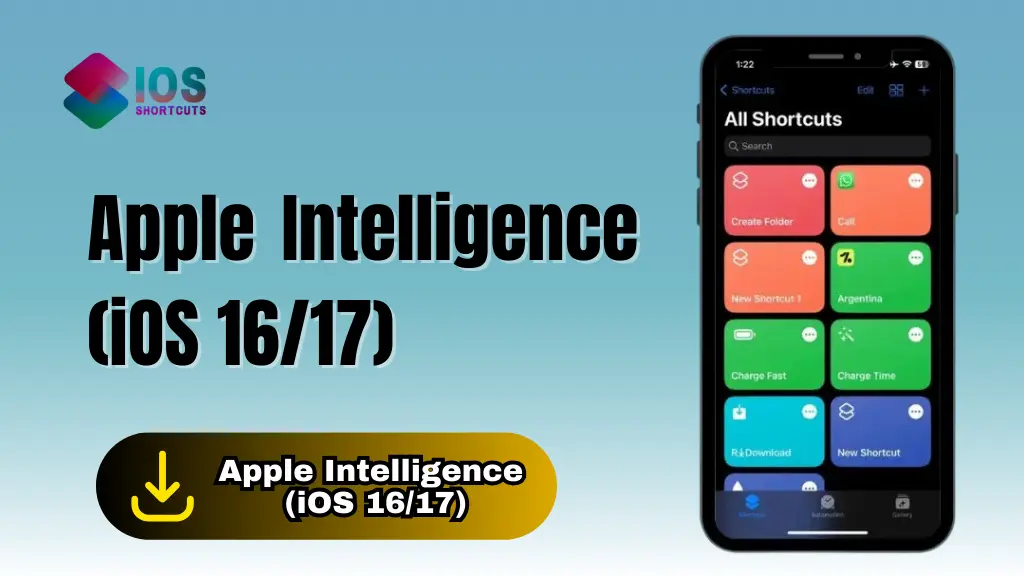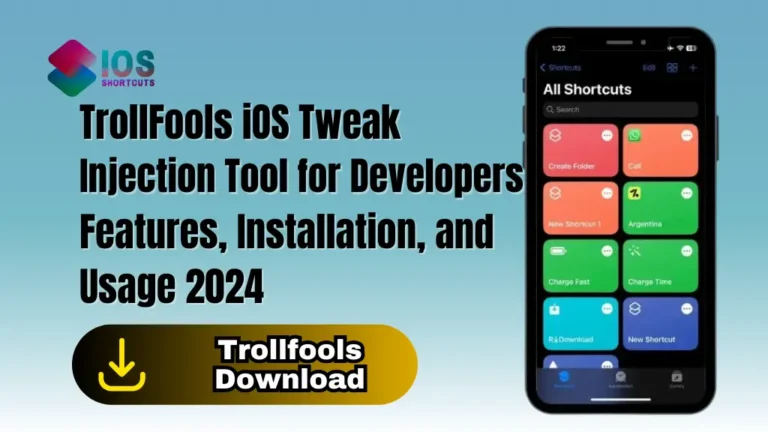
Apple Intelligence (iOS 16/17)
Welcome to the new era of smart iPhones—where artificial intelligence isn’t just a buzzword but a real game-changer. Apple Intelligence, built into iOS 16 and turbocharged in iOS 17, is reshaping how we interact with our devices. Think of it as your digital sixth sense that gets smarter the more you use it.
If you’re wondering whether your iPhone is smart enough to predict your next move, respond to messages on your behalf, or recommend apps based on your habits, you’re in the right place. Let’s dive in!
What is Apple Intelligence?
Evolution of AI in Apple Ecosystem
Apple’s been dabbling in AI for years—Siri, Face ID, photo recognition—but things took a major leap forward with iOS 16 and 17. Apple Intelligence now refers to the suite of machine learning and artificial intelligence tools that enhance usability, boost performance, and deliver personalized experiences without sacrificing privacy.
Difference Between Siri and Apple Intelligence
While Siri is the voice you talk to, Apple Intelligence is the brain behind it. Think of Siri as the mouthpiece and Apple Intelligence as the neural network running the show. It understands context, learns your behavior, and even preemptively assists you before you realize you need help.
Apple Intelligence in iOS 16 vs iOS 17
Overview of iOS 16 Capabilities
iOS 16 laid the groundwork. It introduced smarter Live Text, real-time visual lookup in photos, and a more responsive Siri. However, the AI functionality was somewhat limited and mostly reactive.
New AI Enhancements in iOS 17
iOS 17 took those smarts and added rocket fuel. We’re talking context-aware suggestions, real-time transcription in FaceTime, intelligent contact posters, and an upgraded autocorrect system powered by a transformer language model. It’s like your iPhone got a brain transplant—one that actually remembers things.
Core Features of Apple Intelligence
Smart Suggestions and App Actions
Apple Intelligence now offers proactive suggestions. Headed to the gym? Your phone might suggest launching your workout app, turning on Do Not Disturb, and playing your go-to playlist—automatically.
On-Device Learning and Personalization
The magic lies in your phone learning your routine. Whether it’s muting notifications during meetings or reminding you to call Mom on Sundays, these little tweaks add up to a big lifestyle change.
Natural Language Understanding
You can now speak to your iPhone like a human, not a robot. Ask it to “Show me photos from our beach trip last summer,” and boom—your memories are at your fingertips.
Privacy and Security in Apple Intelligence
How Apple Handles Data Securely
One of the best things? Apple keeps your data your data. Everything it learns stays on-device unless you give permission otherwise. There’s no creepy data farming happening behind the scenes.
On-Device vs Cloud Processing
Most of the intelligence lives right inside your device. That means less lag, faster responses, and tighter security. Apple only taps into cloud processing when absolutely necessary—and with end-to-end encryption.
Apple Intelligence in Daily Life
Smart Reminders and Calendar Predictions
Your phone can suggest when to leave for a meeting based on traffic, or remind you to buy milk when you’re near the store. It’s like a personal assistant that never sleeps.
Email and Message Smart Replies
Too lazy to type a full response? No worries—Apple Intelligence can draft quick, context-appropriate replies. Think Gmail’s Smart Reply, but more nuanced and tailored to your tone.
AI-Powered Photo and Video Suggestions
Want a montage of your puppy’s first year? Done. Apple Intelligence scans your media and builds highlight reels using themes, facial recognition, and even music that fits the vibe.
Third-Party Integrations
App Developers and API Access
Apple has opened the doors (a little) for third-party developers. Through limited API access, apps like fitness trackers, task managers, and even games can tap into Apple Intelligence for smarter features.
Disclaimer: Third-party integrations must follow Apple’s strict data usage guidelines. Always check an app’s permissions.
Compatibility and Limitations
Of course, not every app or device can handle this level of sophistication. Developers need to optimize their apps, and users must be running newer iOS versions to get the full experience.
Performance Impact of Apple Intelligence
Battery Life Considerations
All that brain power has to come from somewhere. While Apple has optimized processes to be efficient, AI features can impact battery life—especially on older devices.
Device Compatibility: iPhone Models Supported
You’ll need at least an iPhone 12 or newer to fully leverage Apple Intelligence. Older models might get watered-down versions or miss out entirely.
Accessibility and Inclusivity
Voice Control and Adaptive Intelligence
Apple’s made sure its intelligence isn’t just for techies. Voice Control improvements and adaptive touch settings make iPhones smarter and more inclusive for people with disabilities.
Apple Intelligence vs Competitors
Google Assistant, Samsung Bixby, and Alexa
Google Assistant might still have the edge in sheer knowledge base, but Apple wins in privacy and seamless iOS integration. Bixby? Let’s be real—it’s not even in the same league. Alexa is great in smart homes, but not built into your mobile life like Apple Intelligence.
Future Outlook of Apple Intelligence
Apple isn’t done yet. Expect even deeper integrations with macOS and iPadOS, smarter Siri conversations, and possibly even real-time AI-driven health monitoring. The iPhone could become your most intuitive, health-conscious, and context-aware companion.
Conclusion
Apple Intelligence is not just another feature—it’s a paradigm shift. It quietly learns, adapts, and supports you in your daily digital life. With iOS 17, Apple has doubled down on personalization, privacy, and performance. Whether you’re a power user or just want your iPhone to “get you,” Apple Intelligence is here to elevate your experience without overwhelming you.
You can also use: Log Water Shortcut – Easily Track Water Intake
Frequently Asked Questions
Q1: Can I disable Apple Intelligence features if I prefer manual control?
Yes! Apple gives you granular control. You can toggle off suggestions, disable personalized learning, and limit what the AI can access.
Q2: Is Apple Intelligence available on iPads or Macs?
As of iOS 17, the focus is primarily on iPhones. However, similar intelligence features are slowly rolling into macOS and iPadOS.
Q3: Do I need an internet connection for Apple Intelligence to work?
Not always. Many features like on-device learning and app suggestions work offline. Cloud features (like photo recognition across devices) require connectivity.
Q4: Does Apple Intelligence work with third-party email apps?
Currently, most features are optimized for Apple Mail. However, some functionality may extend to other apps depending on developer support.
Q5: Is Apple Intelligence safe for kids or family sharing accounts?
Yes. Apple maintains high privacy standards across all accounts, including child accounts. Parental controls and usage restrictions still apply.

